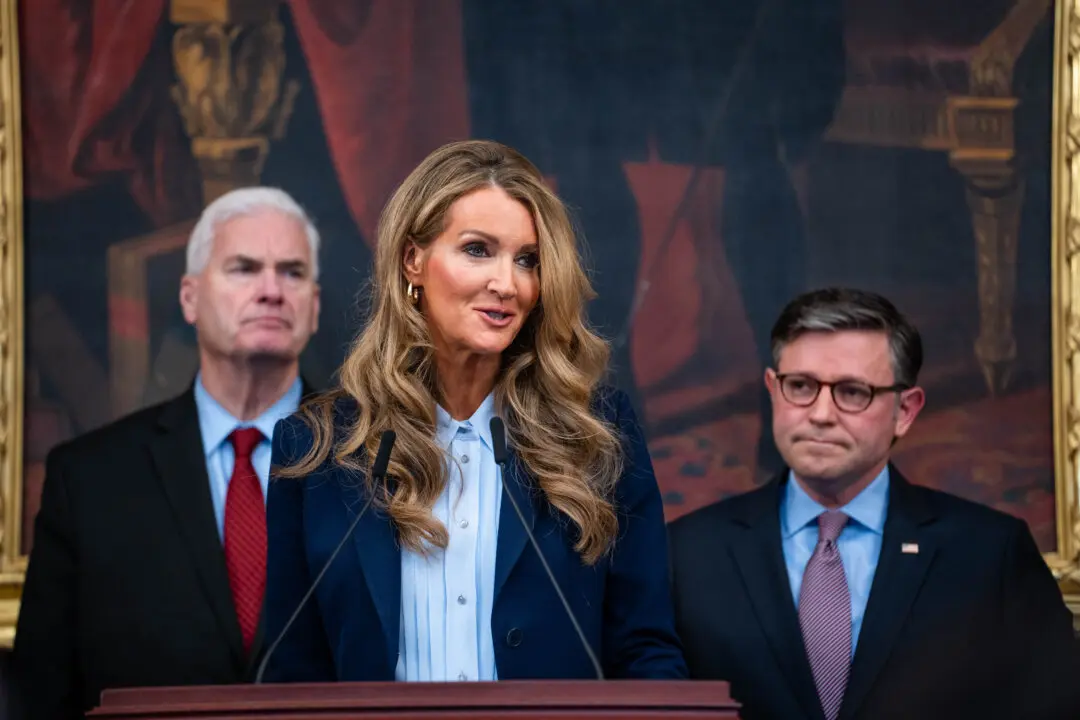A significant number of small businesses are struggling to hire workers and facing multiple challenges in their recruitment efforts, according to the National Federation of Independent Business (NFIB).
Current labor market conditions are very tight, with 51 percent of all small-business owners reporting that they could not fill their job openings, a June 14 NFIB press release stated. This is up four points from April. Ninety-two percent of business owners who were hiring or trying to hire found few or no qualified applicants for the positions they wanted to fill.





